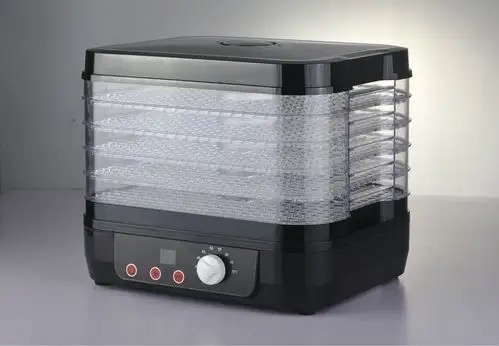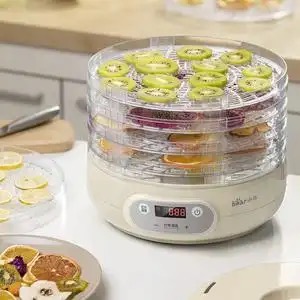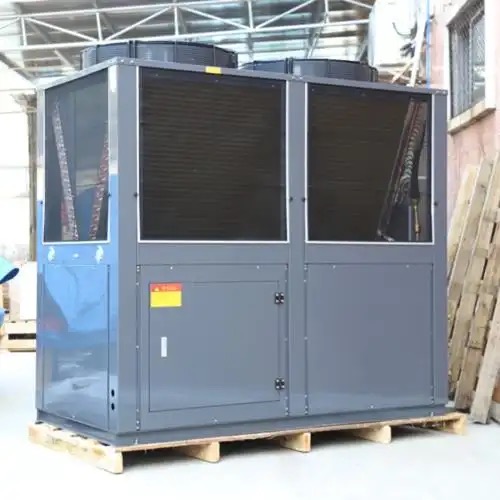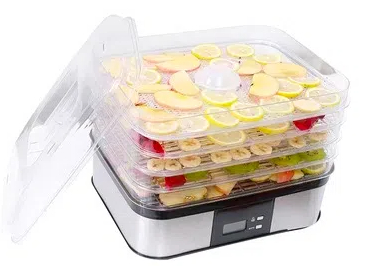
Content Menu
● Introduction
● What Is a Heat Pump Dryer?
>> How Does a Heat Pump Dryer Work?
● Energy Consumption of Heat Pump Dryers
>> Comparison with Traditional Dryers
● Benefits of Heat Pump Dryers
>> 1. Energy Efficiency
>> 2. Lower Operating Costs
>> 3. Gentler on Clothes
>> 4. Ventless Design
>> 5. Environmental Impact
● Are There Any Drawbacks?
>> 1. Higher Initial Cost
>> 2. Longer Drying Times
>> 3. Maintenance Requirements
● Conclusion
● Related Questions
>> 1. How much can I save on my electricity bill with a heat pump dryer?
>> 2. Do heat pump dryers require special installation?
>> 3. How long does it take to dry clothes in a heat pump dryer?
>> 4. Are heat pump dryers noisy?
>> 5. What maintenance do heat pump dryers require?
Introduction
In recent years, energy efficiency has become a significant concern for homeowners and environmentally conscious consumers alike. As the demand for energy-saving appliances grows, heat pump dryers have emerged as a popular alternative to traditional dryers. This article explores whether heat pump dryers are worth the investment, particularly regarding their energy consumption and overall efficiency.

What Is a Heat Pump Dryer?
Heat pump dryers are a type of ventless dryer that uses a heat pump to dry clothes. Unlike conventional dryers that expel hot air outside, heat pump dryers recycle warm air within the unit, making them more energy-efficient. They use a refrigeration cycle to extract moisture from the clothes and then recirculate the warm air back into the drum.
How Does a Heat Pump Dryer Work?
A heat pump dryer operates by drawing in air from the surrounding environment and passing it over a heated evaporator coil. The warm air absorbs moisture from the wet clothes and is then sent to a condenser, where it cools down and releases moisture as water. The dry air is then reheated and sent back into the drum, continuing the drying process.
Energy Consumption of Heat Pump Dryers
One of the most significant advantages of heat pump dryers is their energy consumption. They typically use about 50% less energy than traditional vented dryers. This reduction in energy usage translates to lower utility bills and a smaller carbon footprint.
Comparison with Traditional Dryers
To understand the benefits of heat pump dryers better, let's compare their energy consumption with that of traditional dryers:
| Feature | Heat Pump Dryer | Traditional Dryer |
|------------------------------|------------------|-------------------|
| Average Energy Consumption | 1-2 kWh per load | 3-6 kWh per load |
| Annual Energy Cost | $100 - $150 | $250 - $400 |
| Carbon Footprint | Lower | Higher |
As shown in the table, heat pump dryers consume significantly less energy per load than traditional dryers, leading to substantial savings over time.
Benefits of Heat Pump Dryers
1. Energy Efficiency
The primary benefit of heat pump dryers is their energy efficiency. By using less electricity, they help reduce household energy costs and contribute to environmental sustainability.
2. Lower Operating Costs
Although heat pump dryers may have a higher upfront cost compared to traditional models, their lower operating costs make them an attractive long-term investment. Over time, homeowners can recoup their initial investment through savings on utility bills.

3. Gentler on Clothes
Heat pump dryers operate at lower temperatures than conventional dryers, which can help preserve the quality of fabrics. This gentler drying process reduces wear and tear on clothing, extending its lifespan.
4. Ventless Design
Since heat pump dryers do not require external venting, they can be installed in various locations within a home. This flexibility makes them ideal for apartments or homes without access to exterior walls.
5. Environmental Impact
Using less energy means that heat pump dryers have a smaller carbon footprint compared to traditional models. For environmentally conscious consumers, this aspect is increasingly important.
Are There Any Drawbacks?
While heat pump dryers offer numerous benefits, they also come with some drawbacks:
1. Higher Initial Cost
The initial purchase price of a heat pump dryer can be significantly higher than that of traditional models. However, this cost can be offset by long-term savings on energy bills.
2. Longer Drying Times
Heat pump dryers typically take longer to dry clothes compared to conventional dryers due to their lower operating temperatures and energy-efficient design. While this may be inconvenient for some users, many find that the benefits outweigh this drawback.
3. Maintenance Requirements
Heat pump dryers require regular maintenance to ensure optimal performance. This includes cleaning filters and checking for any blockages in the system.
Conclusion
In conclusion, heat pump dryers represent a significant advancement in laundry technology, offering impressive energy efficiency and lower operating costs compared to traditional models. While they come with a higher initial investment and longer drying times, the long-term savings on energy bills and reduced environmental impact make them an appealing choice for many homeowners.
For those considering upgrading their laundry appliances, investing in a heat pump dryer could be one of the best decisions for both financial savings and environmental sustainability.

Related Questions
1. How much can I save on my electricity bill with a heat pump dryer?
On average, homeowners can save between $100 and $300 annually on their electricity bills by switching from a traditional dryer to a heat pump dryer.
2. Do heat pump dryers require special installation?
No special installation is required for heat pump dryers; they can be placed anywhere in your home as they do not need external venting.
3. How long does it take to dry clothes in a heat pump dryer?
Drying times vary depending on the load size and fabric type but generally range from 2 to 4 hours.
4. Are heat pump dryers noisy?
Heat pump dryers are generally quieter than traditional models due to their design and operation methods.
5. What maintenance do heat pump dryers require?
Regular maintenance includes cleaning lint filters and ensuring that vents are clear of obstructions to maintain efficiency and performance.












